You are here
Science @ Home from our Museum Educational Partners
Enjoy these videos, experiments, and much more from your home.
The museum and other educational institutions around the country are offering these resources while schools are closed because learning never stops! Check back each week for additional fun.
Content from Museum Educational Partners:
iNaturalist
Santa Fe Children's Museum
APS @Home
Smithsonian
DynaTheater Films
Planetarium Shows
NASA
Sky Maps
Globe at Night
Other Online Activities and Videos:
SciJinks
Curiosity at Home
The Lawrence at Home
Cooped Up Kids
iNaturalist
Backyard Biodiversity Challenges
The museum's bioscience department is organizing Backyard Biodiversity Challenges, so you can explore the area around your house like never before! To participate, make an account on the iNaturalist website. The observations from a previous program can be seen on this page: https://www.inaturalist.org/projects/nm-backyard-biodiversity-challenge?tab=observations
Sandia Mountain Natural History Center educator Fiana Shapiro demonstrates how to make effective observations of nature in the this video:
Santa Fe Children's Museum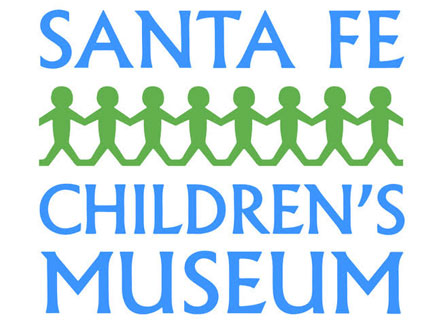
Our partners at the Santa Fe Children's Museum produced a fun video demonstrating activities that can be enjoyed with supplies from round the house.
String Cup Phone:
Make a Star:
Reason for the Season:
APS @Home
Albuquerque Public Schools is broadcasting lessons on New Mexico PBS station 5.1 and the APS YouTube channel. Find the schedule and links here: https://www.newmexicopbs.org/what-we-do/education/aps-at-home/
Smithsonian 
The museum is a Smithsonian Affiliate.
Learning Lab
Even thought all the Smithsonian museums are closed right now, but you can still access the institution's vast resources by creating a free account: https://learninglab.si.edu
National Museum of Natural History
Tour the digital exhibit Outbreak: Epidemics in a Connected World, participate in webinars, watch Science How videos, and more!: http://go.si.edu/site/MessageViewer?em_id=85800.0&dlv_id=115895
Explore Beyond Your Door
Friends of the National Zoo (FONZ) is producing a series of brief videos about exploring your backyard as inspiration to think about finding nature near you: https://www.youtube.com/playlist?list=PLrn-qpxY702X3UiRQ0rl7G3TPcUFD4isF
DynaTheater Films
Some of the same films you'd see in the DynaTheater are available to rent or own at home. Unfortunately, they can't be seen in 3D, but if you sit close to the screen, it's almost like an IMAX ![]() However, these home versions come with related activities and educational materials, so the fun doesn't have to stop when the movie ends!: https://macgillivrayfreeman.com/educational-resources
However, these home versions come with related activities and educational materials, so the fun doesn't have to stop when the movie ends!: https://macgillivrayfreeman.com/educational-resources
Planetarium Shows
Three shows you've enjoyed in the planetarium have been converted to TV format for you to see at home. Hear two ancient stories of the night sky and join Little Star on his search for planets in the galaxy.
The Little Star that Could: https://vimeo.com/404749027
Legends of the Night Sky - Orion: https://vimeo.com/408034424
Legends of the Night Sky - Perseus and Andromeda: https://vimeo.com/404669548
 Hear the extraordinary story of human ingenuity and incredible engineering, describing how the technology that transports us through space is paving the way for the devices and apps we use every day. This link takes you to a flat-screen version of the show, but also incudes a grade K-12 education guide: https://www.skyskan.com/shows/Single_TSAB/TSAB_Single_MCC.html
Hear the extraordinary story of human ingenuity and incredible engineering, describing how the technology that transports us through space is paving the way for the devices and apps we use every day. This link takes you to a flat-screen version of the show, but also incudes a grade K-12 education guide: https://www.skyskan.com/shows/Single_TSAB/TSAB_Single_MCC.html
NASA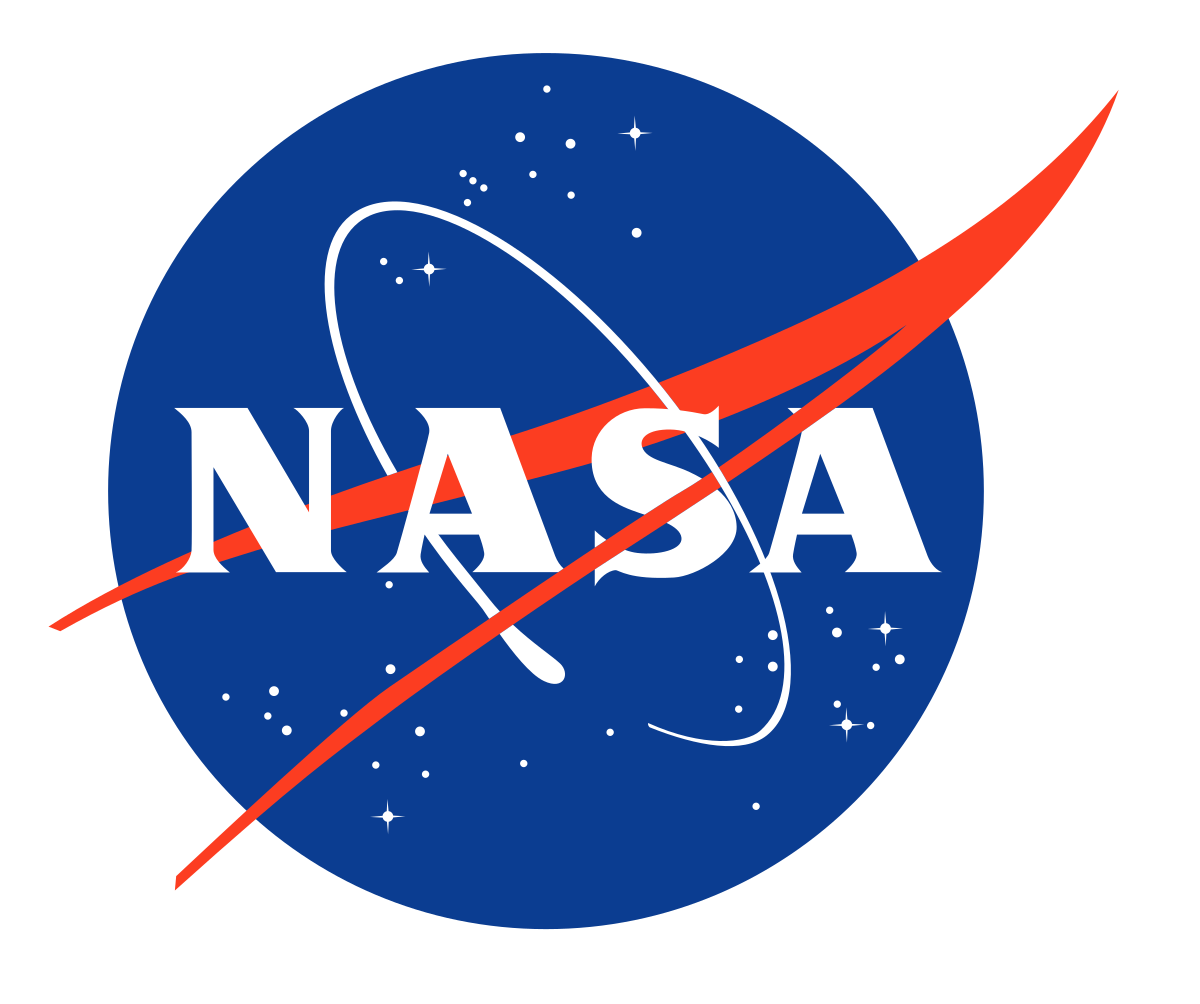
STEM @ Home
Kids in grades K-4 can stay busy all day with this page of out-of-this-world fun. Build models, solve puzzles, color pages, play games, read books, and even build a rocket!: https://www.nasa.gov/stem-at-home-for-students-k-4.html
Story Time from Space
Watch astronauts on the International Space Station U.S. National Laboratory read children’s books and perform science demonstrations! Story Time From Space offers a delightful combination of science, literacy, and entertainment through its library of family-friendly videos: https://storytimefromspace.com/
Citizen Science
Become a citizen scientist by collecting and analyzing information that will help researchers around the world. Projects include studying the Earth's environment, looking for planets around stars, and finding comets, asteroids, and possibly additional dwarf planets in our solar system!: https://science.nasa.gov/citizenscience
Science Never Stops
Here's a series of videos with interesting experiments and information from the U.S. Space & Rocket Center. Yes, it is rocket science!: https://www.rocketcenter.com/scienceneverstops
Solar System Treks
Explore several planets and moons using the highest resolution images available. Create virtual reality environments, 3D images, files for 3D printing, and much more!: https://trek.nasa.gov
When the moon is out, use Moon Trek to study in incredible detail the lunar features you see through telescopes. On this site, it's possible to zoom in close enough to see the trails left by Apollo astronauts!: https://trek.nasa.gov/moon
Spot the Station
You can actually see the International Space Station when it moves through the sky above you. It is normally the brightest point of light, moving steadily across the sky in less than five minutes. It's not visible every night, so use this website to find out when the ISS will be passing over your location: https://spotthestation.nasa.gov
Space Spinoffs
Did you know that many items used in our modern life were invented because of the space program? Use the this VR interface to discover space spinoffs found in your city and home!
What's Up
Get skywatching tips and learn more about a topic in space science. New videos are normally released within a few days at the beginning of each month: https://solarsystem.nasa.gov/skywatching/home
Tonight's Sky
The Tonight's Sky video is one of the segments seen in the museum's ViewSpace theater, but now, we're also bringing it home to you. Go outside after dark and see how many constellations you can find: https://hubblesite.org/resource-gallery/learning-resources/tonights-sky
Sky Maps 
While you can't pick up a monthly sky map outside the planetarium entrance, print your own copy from Skymaps.com. Be sure the notice the list of events happening each night, listed to the left of the map. Print the current month's map from here: http://www.skymaps.com/downloads.html
Globe at Night
Help astronomers determine the impact of light pollution on New Mexico's night sky while learning some astronomy. This citizen science program has different observing challenges each month presented by the National Optical Astronomy Observatory: https://www.globeatnight.org
SciJinks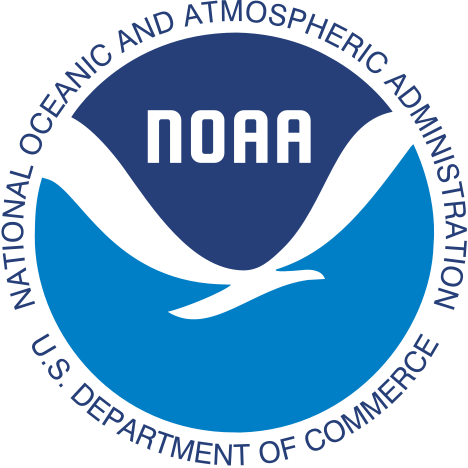
Find out how the weather is predicted on this fun page designed for children from the National Oceanographic and Atmospheric Administration. Make rain, snow, a tornado, a hurricane, or a rainbow!: https://scijinks.gov
Curiosity at Home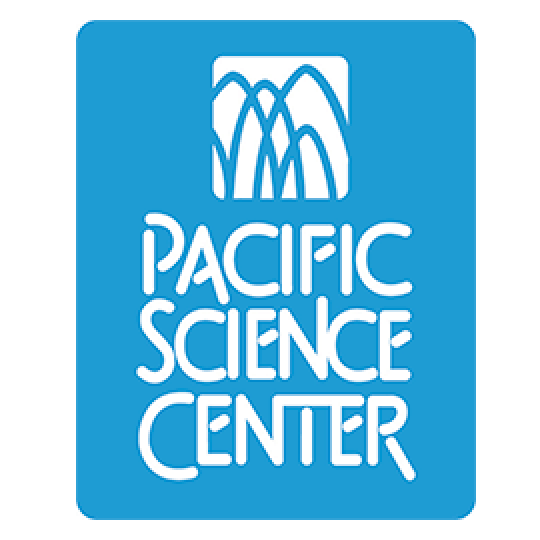
The Pacific Science Center is sharing new science content on their Curiosity at Home webpage. Find exciting DIY activities and experiments kids can do, social live-streams with experts, videos, and so much more: https://www.pacificsciencecenter.org/events-programs/curiosity-at-home
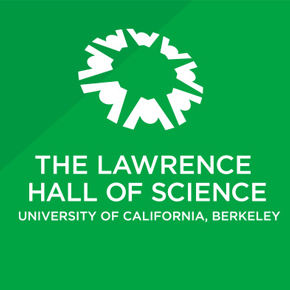 The Lawrence at Home
The Lawrence at Home
This YouTube playlist offers a lot of interesting information and at-home activities from the Lawrence Hall of Science. The institution's staff is producing these videos at their homes so you can enjoy them in yours: https://www.youtube.com/playlist?list=PLWOxsPa_LKOi_WHMe9u9unkWIeI34PRUl
Cooped Up Kids
Learn what the feathered friends outside your window are singing about. Cornell Lab is posting eight activities to get inside a bird's brain: https://www.birds.cornell.edu/k12/science-nature-activities-for-cooped-up-kids
They are also offering their BirdSleuth Explorer's Guidebook as a free download: https://www.birds.cornell.edu/k12/explorers-guidebook
ComputerScience.org STEM Resources

Since parents may struggle to provide home-based learning in STEM for kids, our team at ComputerScience.org created a page that presents the top online resources in each STEM subject, as well as a list of 150 courses, websites, activities, and competitions arranged by grade level — you can check it out below:
https://www.computerscience.org/resources/stem-for-kids/



